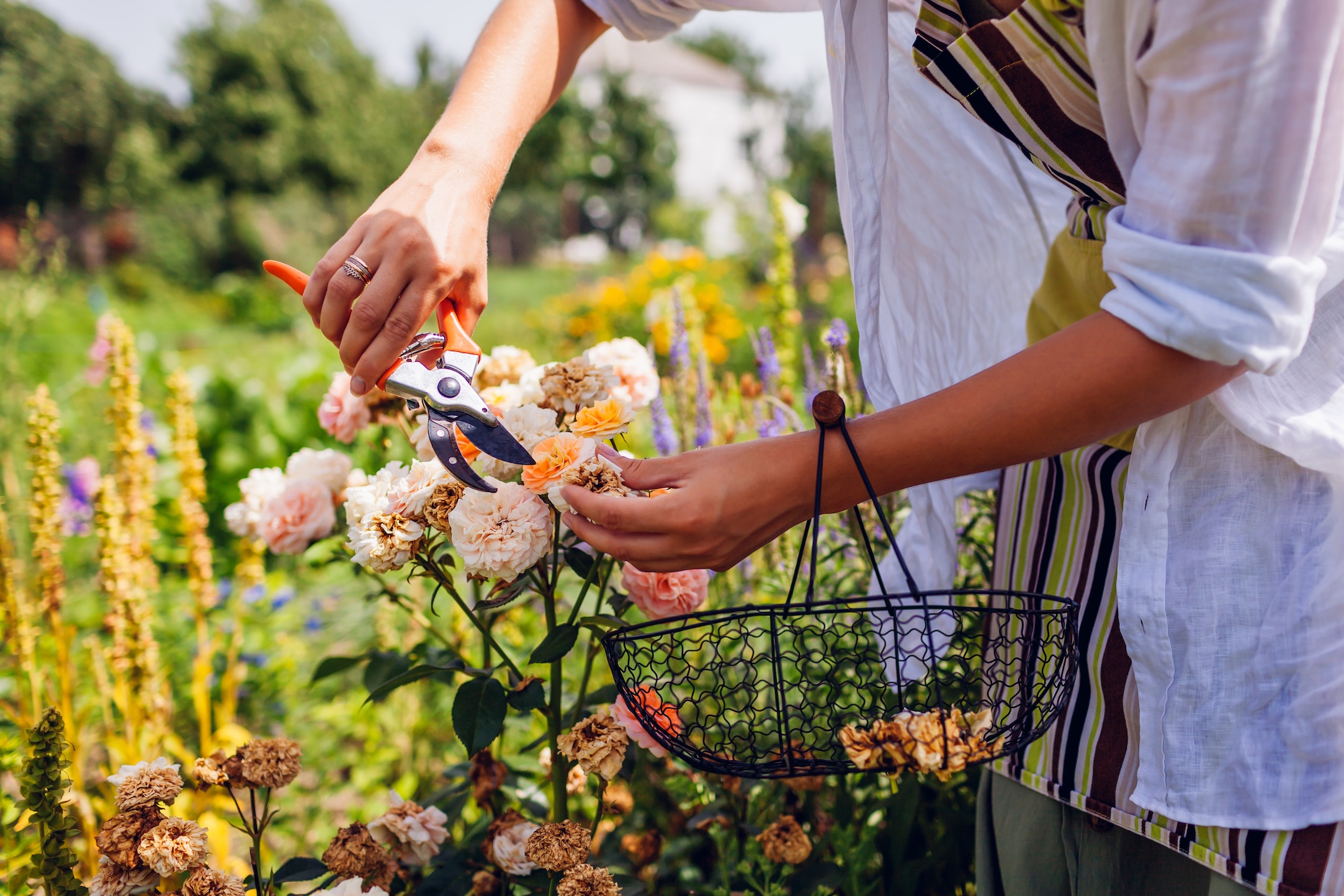Utilizing Deadheading to Keep Your Flowers Looking Beautiful
As your flowers grow in your garden and pots, you'll begin to notice that some blooms don't look as vibrant as others. This is a great opportunity to begin "deadheading" to entice your plants to grow even more, fuller blooms than before.

Deadheading refers to the process of removing the flowers from the plants as they fade. In your annual garden, this simple chore will encourage more blooms, make the plants fuller and keep plants tidy.
It's easy to know when this should be done. If the bloom has begun to lose color, it's time to deadhead. As your plant generates flowers, it puts its energy into the flower to make seeds. When you remove faded flowers, the plant will put its energy back into the plant, encouraging more blooms. Allowing flowers to remain on the plants too long will cause the plant to lose energy.
How to remove flowers
There are two ways to remove the flowers: by pinching them off or by cutting them. Pinching works best on short-stemmed flowers that can easily be snapped off (such as Petunias, Zinnias, Marigolds, and Geraniums). Pinch off the blooms by snapping the stem above the next flower bud. Pinch off the stem of Petunias just under the fading bloom and they'll grow fuller and bushier.
Cutting should be done with a clean garden shears or sharp knife. Ensuring a clean cut will help keep the plant healthy. Cut back to the first set of leaves or flowering offshoots. Flowers with fragile, soft or sticky stems (such as Sweet Alyssum and Lobelia) or long stems, like some Coreopsis and Gallardia, perform better when they are cut. Save the trimmings when you deadhead and add them to your compost pile.
It's important to note that some plants are self-cleaning, which means they drop their dead blooms and do not need to be deadheaded. Examples include Impatiens, Cleomes, and Wax Begonias.
Deadheading can also benefit your perennials
Perennials also benefit from the process. Removing the flowers will keep unwanted seedlings from sprouting in your garden next spring. If you want to control the height of your perennials, consider pinching them back as they grow. Keeping Mums and Asters to a height of 6 inches in early-mid summer will encourage them to grow fuller. Coneflower, Garden Phlox and Balloon Flowers can be pinched back to extend the bloom period. Some perennials do not need to be deadheaded, and will continue to bloom all season. Examples are Oriental Poppy, Astilbe, Butterfly Bush, Peony and Siberian Iris.
Fall blooming plants (Autumn Joy Sedum, Mums) should be deadheaded before the first frost. Flowering shrubs benefit from deadheading, too. Although most bloom only once per season, deadheading will help the shrub grow more flowers the next year.
If you wish to save the seeds of some of your plants, toward the end of the season allow a few flowers to grow seeds on their faded blooms. Before frost, cut and dry the dead flowers, and crumble the heads to release the seeds. Keep the seeds in a dry place (an envelope works great) until next spring, and start them indoors with a seed-starter tray.












